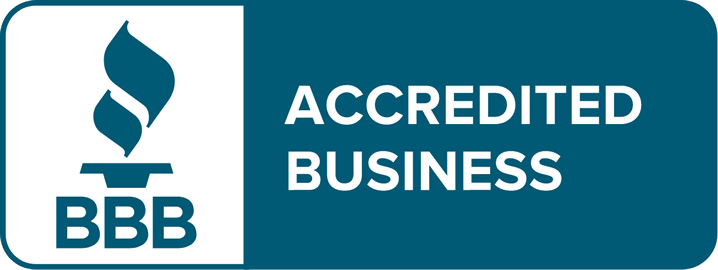A wage garnishment (also known as a levy on wages/income, or wage execution) means that a portion of your salary will be sent by your employer straight to the taxing authorities. This is one method that the IRS and State authorities have to enforce collection of the debt. Ideally, you would resolve the situation before this happens, but it is possible to release a wage garnishment even after it is in place.
First of all, it is important to know that the government is not allowed to issue a Levy on Wages without notifying you about the possibility of this action. The document used by the IRS for this purpose is called “Final Notice of Intent to Levy”; your State Department of Revenue may use another name, for example Tax (or Wage) Warrant. It is important not to ignore this letter, because it includes information about your rights as a taxpayer to file an appeal and, therefore, to put a hold on enforced collection activities.
If you already missed your timeframe to file an appeal, but have not received an actual Notice of Levy, contact your employer to take a closer look at your W4 form. You need to make sure that you correctly listed all exemptions for you and your dependents. This will help you to save some money when a Notice of Levy on Wages is issued. By law, a certain amount of your salary has to remain untouched so that you and your dependents can have the necessary minimum to live on. To calculate this amount, the IRS uses the number of exemptions listed on your W4 form and Tables for Figuring Amount Exempt from the Levy on Wages – these are revised every year.
Entering into a Payment Plan (Installment Agreement) with the IRS or State Department of Revenue before a Wage Garnishment is issued is one way to resolve the situation. However, if you were not able to reach this agreement prior to receiving a Notice of Levy on Wages, you can still do so now. All cases are different. Depending on the amount of your debt, you might be able to either set up a Streamline Installment Agreement that does not require any financial disclosure and lengthy negotiations, or you might apply for a Partial Payment plan by completing financial statement (form 433A for the IRS) and supporting it with a detailed proof of your income and expenses. These are just two examples of tax debt settlement, but there are also other ways to take care of your liability. Which resolution option is best depends on the specifics of your situation. The main point is that entering into a repayment agreement with the taxing authorities will automatically release your Wage Garnishment.
What if your financial situation is so bad that you simply cannot wait for the IRS or the State to review your payment plan request, and need to have a garnishment to be released immediately? It may still be possible, but you need to be ready to provide proof of your expenses, and to show that the levy on wages creates economic hardship for you and your dependents. For this purpose, the IRS uses the same financial statement, form 433A. If you have a state tax debt, the best way to find the correct document is to contact the person assigned to your case.
If your wage garnishment is released due to the economic hardship and your difficult financial situation, you might also use this opportunity and ask to put your case on Currently Non Collectible status until your condition improves.
If you would like some additional help and advice on what to do about an existing wage garnishment or Notice of Levy, feel free to call 20/20 Tax Resolution for a free consultation.


